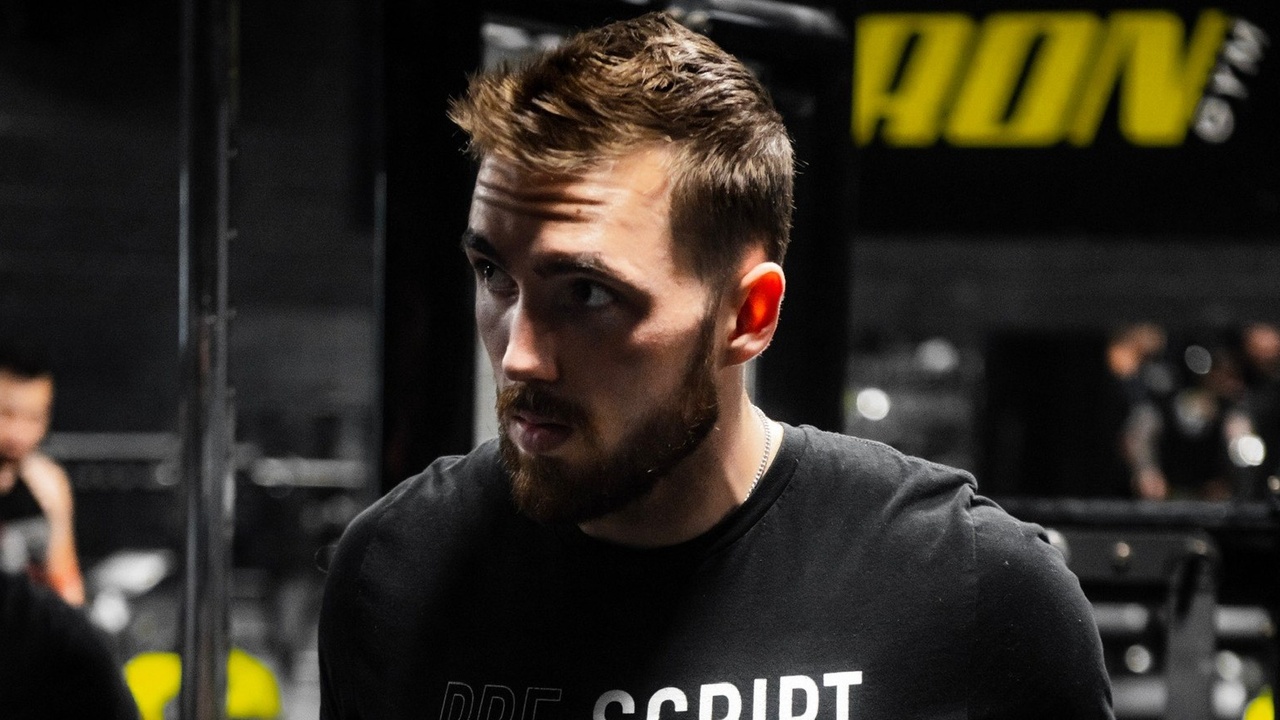PERFORMANCE IS THE PROXY

By Nick Ridpath
Nick is a personal trainer and online coach based out of DMV Iron Gym in Alexandria, Virginia. First introduced to fitness through sports, Nick played division I football before entering the coaching scene. Nick has worked as head of strength and conditioning for a private sports performance gym, as a trainer in PT clinics, and now runs his own in person and remote business. Nick believes in a principles based approach to provide results for his clients. You can best contact him on Instagram @nickridpath_
Performance is the Proxy
This is one of those iconic Shallow-ism’s that I find myself using incredibly often. There’s so much value in this phrase because it can act as a major guiding pillar for how we deliver results through our coaching.
This may seem a bit ambiguous from the outside looking in, appearing as a smoke bomb without added context for clarity. Let’s dive into what exactly this means and unpack how we can use this as a cornerstone of our work.
It’s easy to get lost in the weeds and overthink what really matters. How can I make X exercise the most optimal? What’s the best split for A, B, and C, person? How much volume is too much? How much is too little? Should I train to failure?
Multiple variables play a part in delivering results. How do we know we’re controlling these variables correctly?
Follow performance.
Performance means many things and we all are performance coaches whether we think that way or not. Grandmas, weekend warriors, bodybuilders, professional athletes, regardless of whom we train, our sole purpose is to get results for our clients.
Based on our clients goals, it’s our duty to select appropriate performance metrics with which we will guide our coaching. Set performance goals and let performance outcomes be the proxy for correct decisions.
Are we getting stronger? Is body composition improving? Is the quality of our movement progressing? Are we moving pain free? If we can answer these questions then we will confirm whether or not what we’re doing is working.
Performance in the gym and physical changes are going to be what guide our decisions. Not something arbitrary we hear on the internet as “most optimal.” Optimal as a generality vs. optimal for our client will always be different.
Are we making progress? Yes? Keep going. We don’t need to change things up continuously if we’re making progress. Insert the phrase “if it ain’t broke, don’t fix it”.
While it may not always be this easy, most of the time it is. Keep turning over big rocks and utilizing simple progressions for as long as you can. If it works it works, don't make things harder than they need to be.
Not seeing progress? Let’s start manipulating some of these variables and see how performance changes.
When we stop seeing progress with all outside factors, it's then a good time to make some changes. Whether those changes are taking a step back to look at variables like nutrition, sleep, or stress management, or just switching the exercise or modality altogether, we can cross those bridges as they appear.
In a previous newsletter, Hierarchy Of Growth, Jake Larsen goes into greater detail on manipulating these variables.
With all available options on the table, it can be easy to overcomplicate things. Let performance be the proxy and cast your doubts aside. Keep things simple where you can and allow yourself more bandwidth to focus on being effective where it really counts.
Recent Posts
